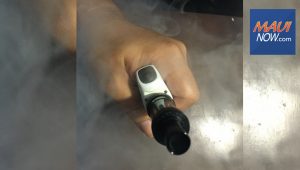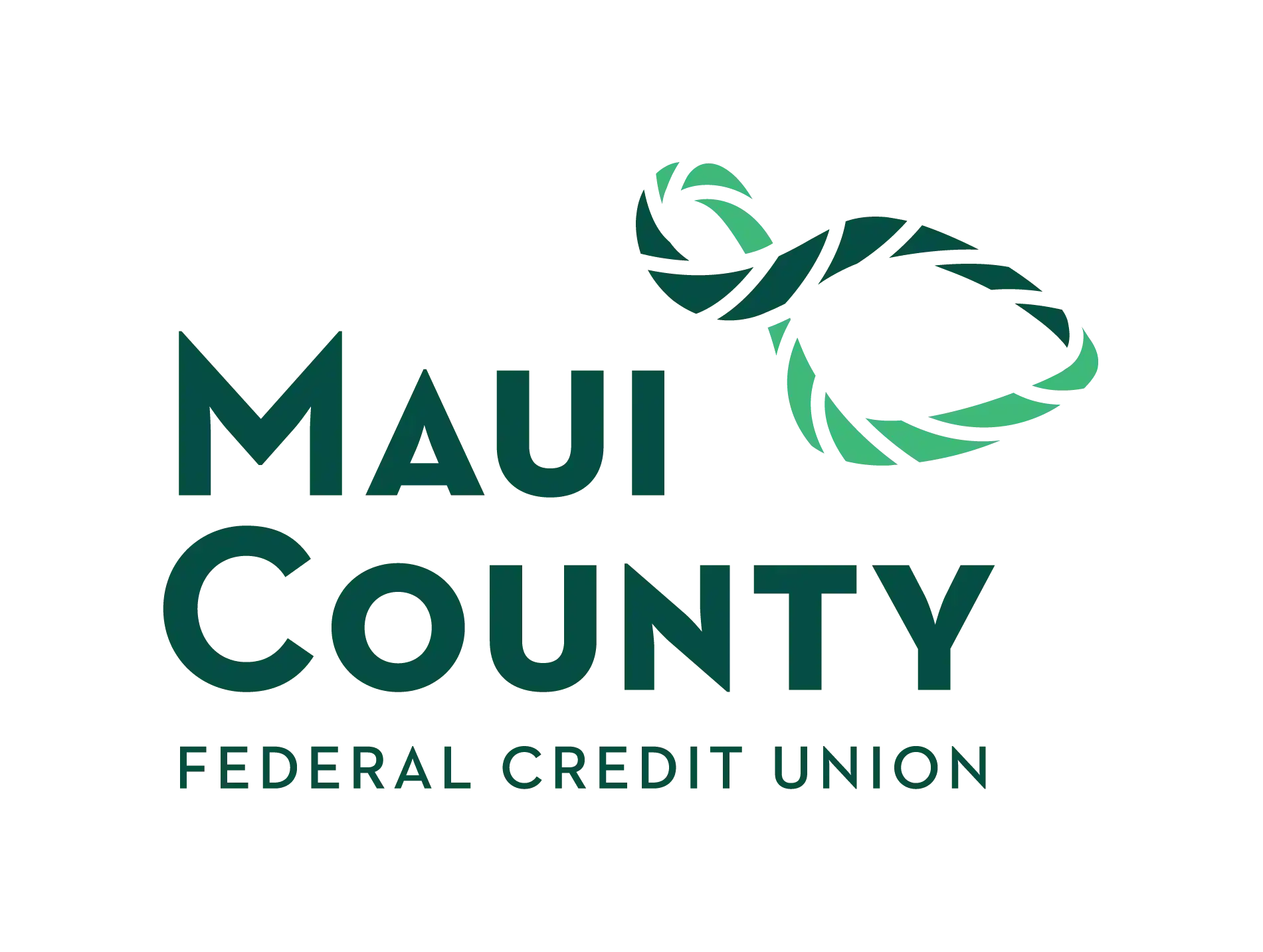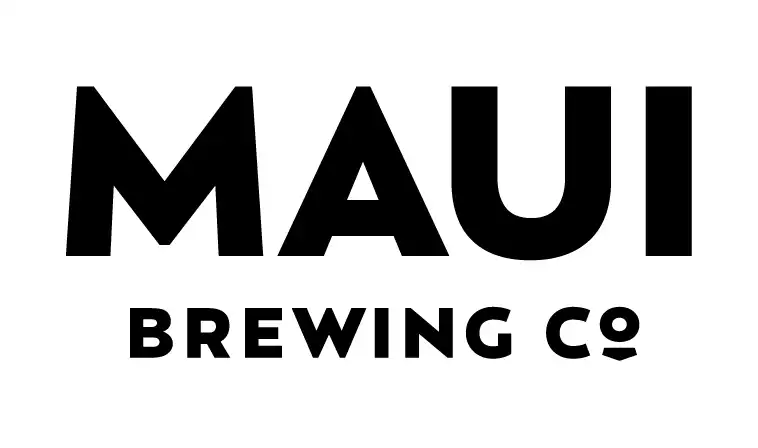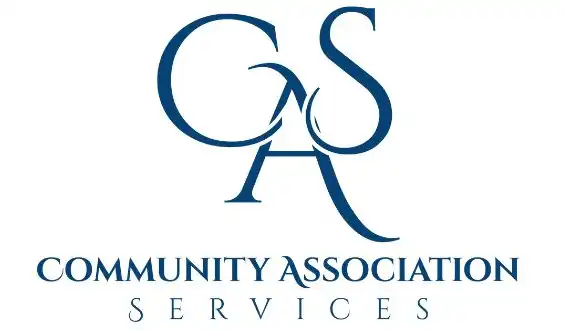Report: ‘Failure to Enact Policies’ Responsible For Youth Vaping Epidemic

Vaping. PC: Maui Now.
“In Hawaiʻi alone, there are more than 140,000 current smokers,” ALA Hawaiʻi senior director of advocacy Carrie Nyssen said in a press release.
“And with the youth vaping epidemic still rising, we may have squandered an opportunity to make the current generation of kids the first tobacco-free generation. Tobacco use is a serious addiction, and working together, we can do more to prevent and reduce tobacco use.”
The “State of Tobacco Control” report grades states and the federal government on policies to prevent and reduce tobacco use.
Below is a list of Hawaiʻi’s Grades:
- Funding for State Tobacco Prevention Programs – Grade D
- Strength of Smokefree Workplace Laws – Grade A
- Level of State Tobacco Taxes – Grade C
- Coverage and Access to Services to Quit Tobacco – Grade C
- Minimum Age of Sale for Tobacco Products to 21 – Grade B
“Despite Hawai’i receiving over $154 million from tobacco settlement payments and tobacco taxes, the state funding for tobacco control is just over $6.3 million, just 57.5 percent of the level recommended by the Centers for Disease Control and Prevention. These funds should be used to support the health of our communities, and to prevent tobacco use and help smokers quit.” Nyssen added.
According to the ALA, Hawaiʻi has the highest reported electronic cigarette use rate among middle schoolers and the second highest vaping rate among high school students in the nation, just behind Colorado.
“State of Tobacco Control” 2020 provides an important roadmap on how states like Hawai’i and the federal government can put in place the policies proven to have the greatest impact on reducing tobacco use and exposure to secondhand smoke. Now is the time for lawmakers in Hawai’i end their failure to act and take this opportunity to achieve lasting reductions in tobacco-related death and disease,” said Nyssen.
As the result of successful lawsuits filed by the ALA and several public health partners, FDA will be required to take action towards tobacco products in 2020. These include finalizing graphic warning labels on all cigarette packs by March 15, and requiring all e-cigarette, and most cigar, hookah, pipe and other manufacturers of deemed products to submit applications to FDA by May 12, 2020 to remain on the market in the US.










